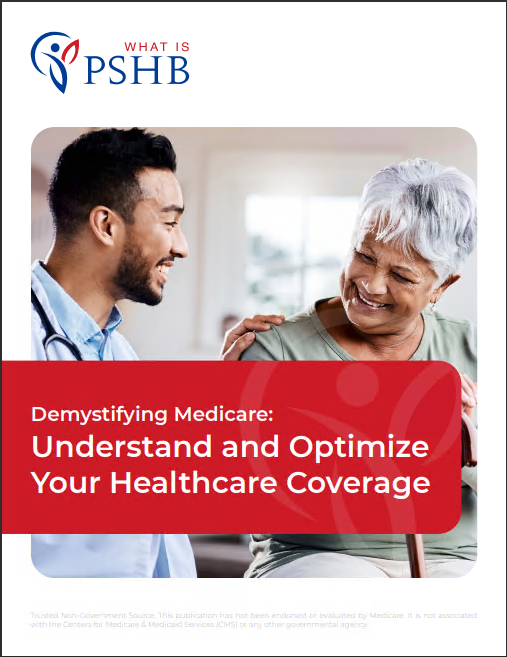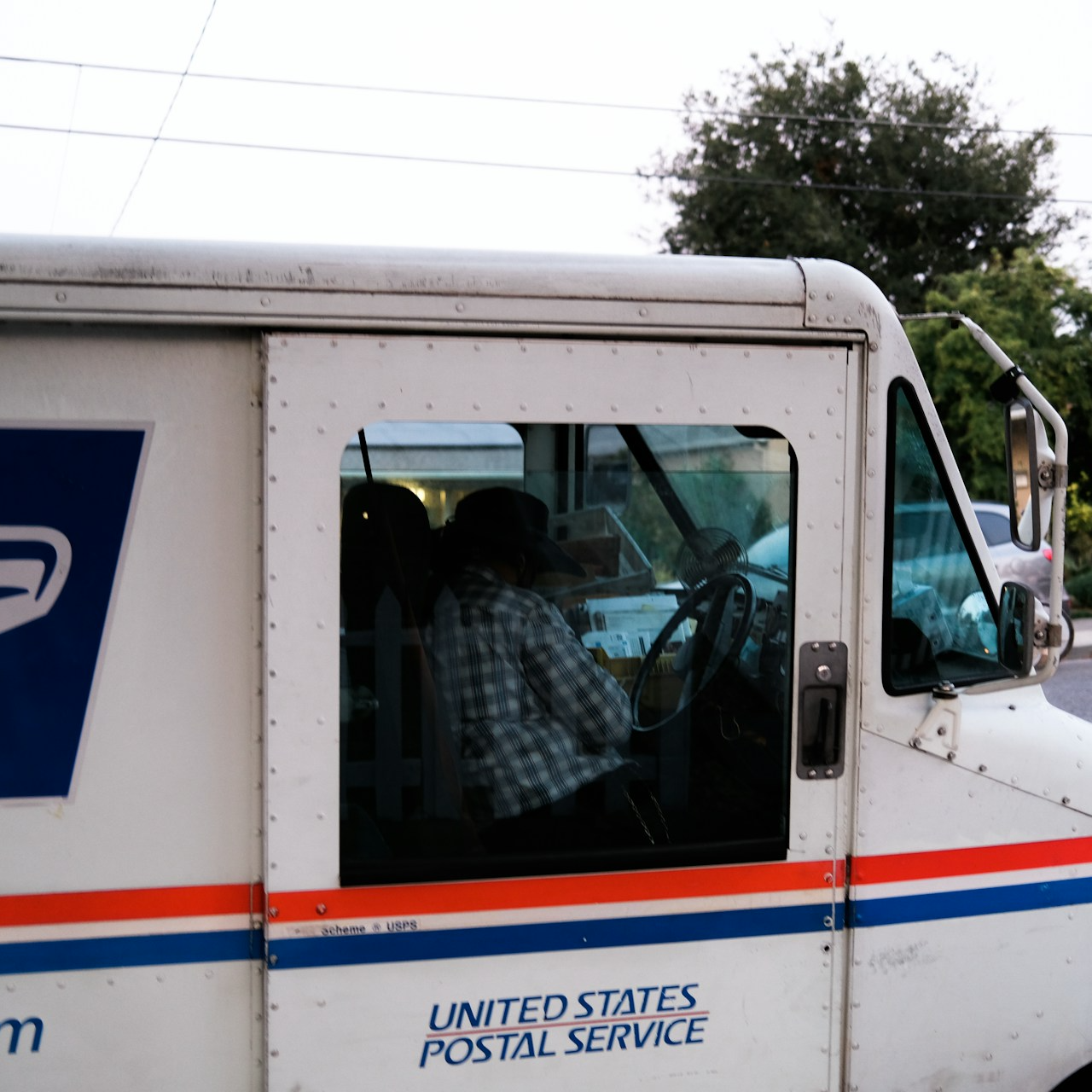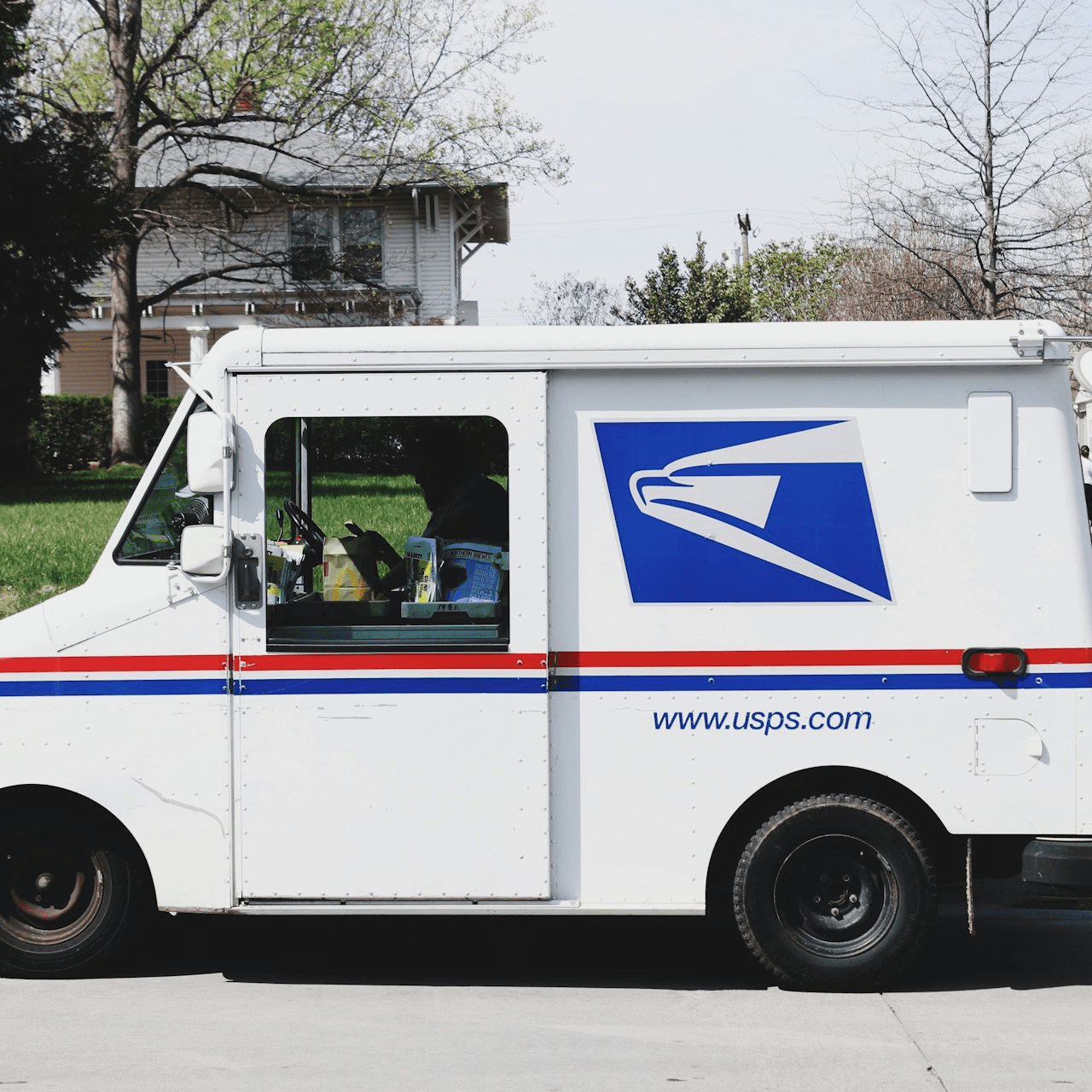Key Takeaways
-
The Postal Service Health Benefits (PSHB) program is the dedicated health insurance system for USPS employees, retirees, and eligible family members, offering various coverage options.
-
Understanding how PSHB works, including Medicare integration and cost factors, helps you make informed decisions about your healthcare coverage.
Navigating PSHB: Your Dedicated Healthcare Coverage
If you’re part of the United States Postal Service (USPS), whether as an employee, retiree, or eligible family member, you have access to the Postal Service Health Benefits (PSHB) program. This is your dedicated health insurance system, designed to ensure that you receive the coverage you need at different stages of life.
But what does PSHB actually mean for you? How does it compare to other health insurance options, and what should you consider when managing your benefits? Let’s break it all down in an easy-to-follow way.
Who Can Enroll in PSHB?
Before diving into the details, let’s clarify who is eligible to enroll in PSHB:
-
Current USPS employees: You are eligible for PSHB coverage while actively working for the Postal Service.
-
Retired USPS employees: You can maintain your PSHB coverage after retirement.
-
Eligible family members: This includes spouses, dependent children, and survivors who meet certain conditions.
-
Medicare-eligible retirees: If you qualify for Medicare, PSHB coverage works alongside it for more comprehensive health benefits.
Medicare and PSHB: How They Work Together
One of the most important aspects of PSHB is how it integrates with Medicare, particularly for retirees. Here’s what you need to know:
Medicare Part A and PSHB
Medicare Part A (hospital insurance) generally comes at no additional cost if you’ve worked and paid Medicare taxes for at least 10 years. If you’re enrolled in PSHB and Medicare Part A, PSHB remains your primary coverage for certain services, while Medicare helps reduce your out-of-pocket costs for hospital stays and related services.
Medicare Part B and PSHB
If you’re retired and eligible for Medicare, you may be required to enroll in Medicare Part B (medical insurance) to maintain PSHB coverage. Part B covers outpatient services, doctor visits, and preventive care. While Medicare Part B requires a monthly premium, enrolling can lower your overall healthcare expenses when paired with PSHB benefits.
Medicare Part D and PSHB Prescription Drug Coverage
PSHB plans typically include prescription drug coverage that aligns with Medicare Part D. As of 2025, a $2,000 cap applies to out-of-pocket drug expenses under Medicare Part D, which benefits many enrollees.
Breaking Down PSHB Costs: Premiums, Deductibles, and Co-Pays
Understanding healthcare costs is crucial, and PSHB coverage involves several components that affect how much you pay for medical services.
Premiums
Your monthly premium depends on the type of PSHB plan you choose. As an employee, the federal government covers a portion of your premium, reducing your direct costs. Retirees also receive government contributions toward their plan but may see higher personal costs depending on their coverage choices.
Deductibles
A deductible is the amount you must pay out-of-pocket before your health plan begins covering certain services. PSHB plans come with varying deductible amounts, depending on the specific plan you select.
Co-Pays and Coinsurance
-
Co-Pays: A fixed amount you pay for doctor visits, prescriptions, and specific services.
-
Coinsurance: A percentage of costs you pay for covered services after meeting your deductible.
Enrollment Periods: When and How to Sign Up
PSHB enrollment follows specific timelines, ensuring that you can make the necessary changes or selections at the right time.
Open Season
-
Runs from November 11 to December 13, 2025.
-
This is the period when you can enroll in a PSHB plan, switch plans, or make adjustments to your current coverage.
Qualifying Life Events (QLEs)
Outside of Open Season, you can make changes to your PSHB plan only if you experience a Qualifying Life Event such as marriage, divorce, birth of a child, or a change in employment status.
Medicare Enrollment Considerations
If you are approaching age 65, you need to be aware of Medicare enrollment deadlines to avoid penalties and ensure continuous coverage under PSHB.
What to Consider When Choosing a PSHB Plan
Selecting the right PSHB plan requires evaluating your healthcare needs and financial situation. Here are some key factors to keep in mind:
-
Your Health Needs: Do you visit doctors frequently or take prescription medications? Make sure your plan covers the services you need.
-
Provider Networks: Check if your preferred doctors and hospitals are within your plan’s network to minimize costs.
-
Medicare Coordination: If you are eligible for Medicare, ensure your PSHB plan works efficiently with your Medicare benefits.
-
Out-of-Pocket Costs: Consider co-pays, deductibles, and other expenses beyond your premium to estimate your annual healthcare spending.
The Benefits of Staying Informed
Keeping up with changes to your PSHB plan ensures that you maximize your benefits while managing costs effectively. Each year, plan details can shift, and it’s essential to review your options during Open Season.
Some ways to stay informed include:
-
Reading official PSHB communications and plan brochures.
-
Reviewing your Annual Notice of Change (ANOC) letter for updates on premiums and coverage.
-
Speaking with a licensed agent for personalized assistance.
Making the Most of Your Postal Service Health Benefits
Navigating healthcare coverage can feel overwhelming, but PSHB provides a strong foundation of benefits tailored for postal employees and retirees. By understanding how PSHB works, particularly in conjunction with Medicare, you can make confident choices about your healthcare.
Whether you’re actively working, nearing retirement, or already enrolled in Medicare, staying proactive with your PSHB benefits ensures you receive the best possible care without unnecessary financial strain. Make sure to review your options, take advantage of enrollment periods, and reach out for professional guidance when needed.
Need help exploring your PSHB options? Get in touch with a licensed agent listed on this website to discuss your coverage needs and ensure you’re making the best choice for your healthcare.












